A different praying mantis from before
One of the things that is often the attraction of the praying mantis character is that it can rotate its head, this is because it has a flexible connection between the head and the prothorax that allows them to rotate their head 180 degrees Celsius, so it is very unique to be behind them, so when we are behind it will be extraordinary behavior that no other insect can do
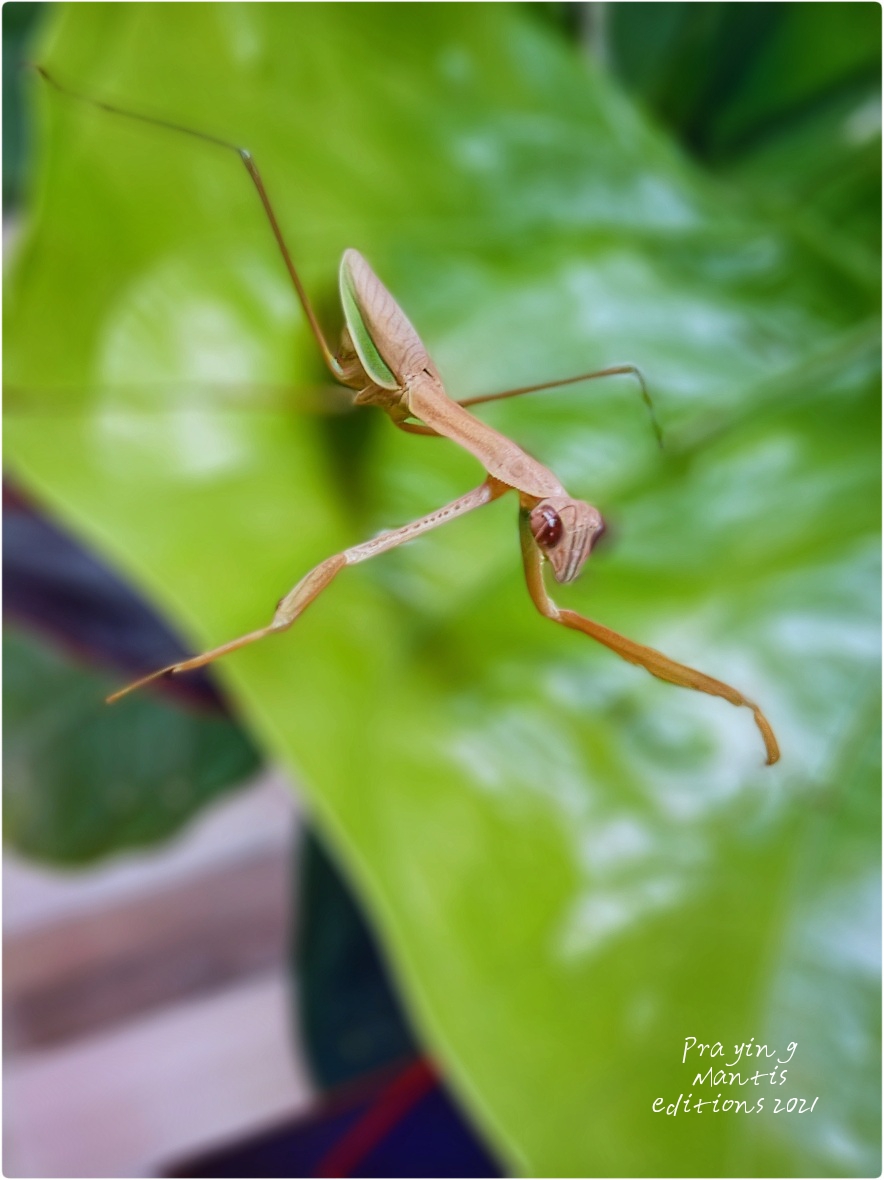

This praying mantis photo, left over a month ago, was found again by accident, due to the effect of cleaning the folder once a month, in the maintenance of a memory (hardware). I thought this photo had been deleted a long time ago but it didn't, it's still neatly stored in a special folder that I left when I wanted to upload it in its entirety. The remnants of the old photos that were left behind from before, are the result of manual observations that we have carried out in a special study in a particular field of study as well.
If you are interested in it, please take it at will, but you must follow certain rules in the copyright law, as set by the hive.blog platform itself. While I only follow the rules of a rule that applies, in simple terms you can say you are free to take it, and I follow the provisions of this beloved platform. Of course you understand very well about it.
Met him by accident
That afternoon, when he finished attending a training event or a scientific understanding that explained the procedure for observing a wild habitat that was beneficial to human life, but was still in the category of environmentally friendly animals that dominated the environment with humans. The event was supervised directly by the seniors who were in charge of this small research. With the aim of finding every object that often becomes an ecosystem in a certain environment. Without me realizing it, I saw a praying mantis of an unusual size sitting on an ornamental plant belonging to the city government.
Why are we interested?
That's the question that is interesting in this post, why? Because as far as I remember, I have never met this species in such an unusual size and also dominates foreign territory on a taro plant that has become famous recently.
In general, it is known that the length of the praying mantis has a length of 88 mm from the head to the tip of the abdomen. While this one is more than that number, if it is assumed the length of the body part as described above is about 100 mm or more, with a slightly dark yellow skin color, while the Centadu grasshopper is generally green.
While the green color like his original stature, covered with dark yellow hard skin, he looks new here, this is known from his behavior that is often wary when approaching him. This is very easy to predict because before being approached it often produces behavior that is never calm, whereas in general the Centadu grasshopper very rarely runs and hides when approached by humans, and in this area it is very rare to find them or any species that dominates, a taro (keladi) plant.
To check the truth about him you can pay attention to every part of his body, below.

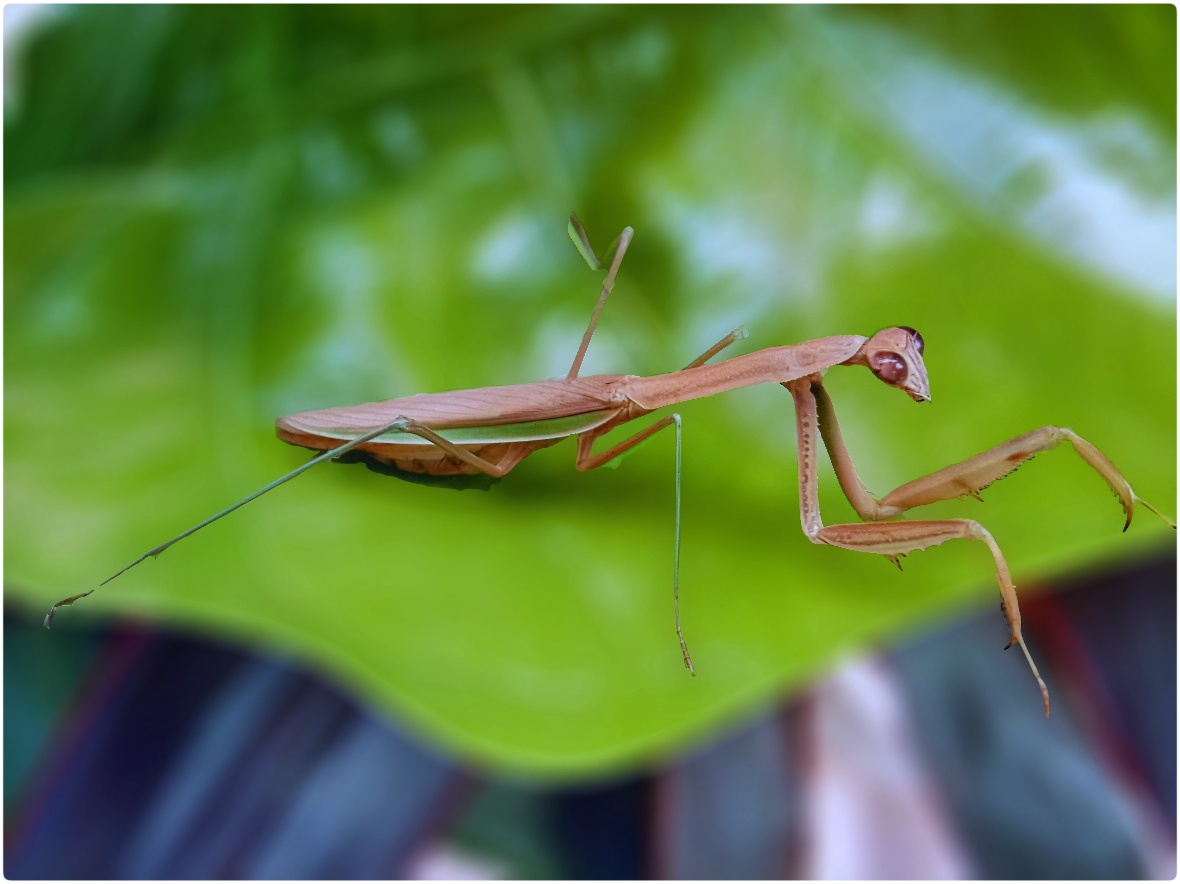
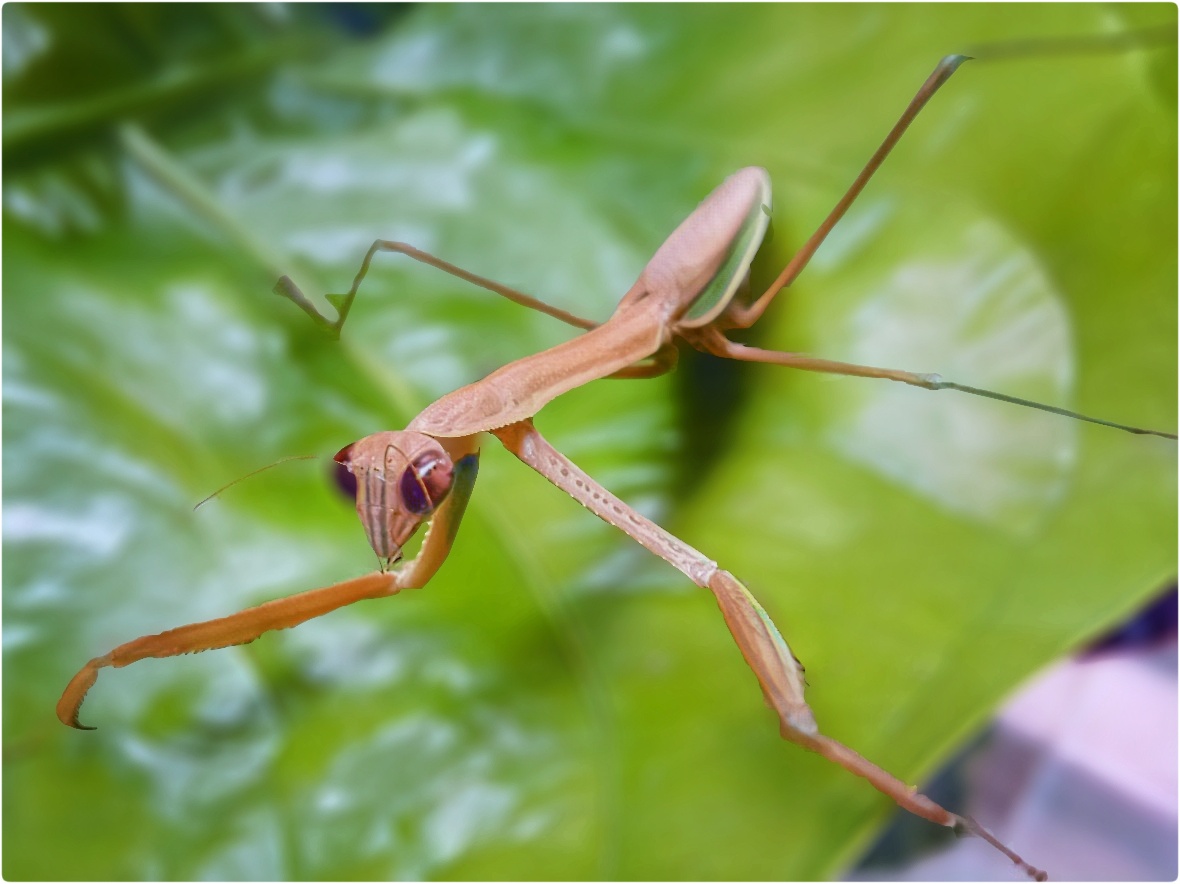
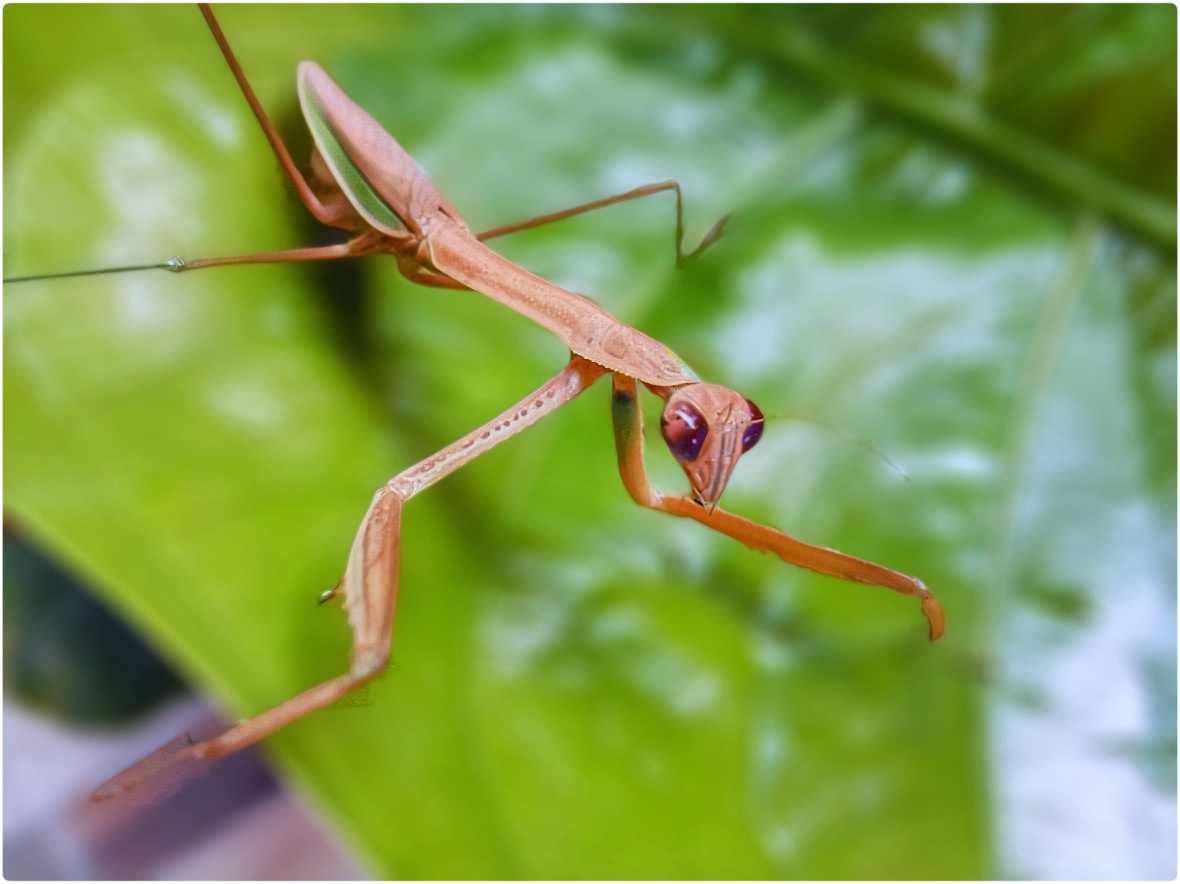
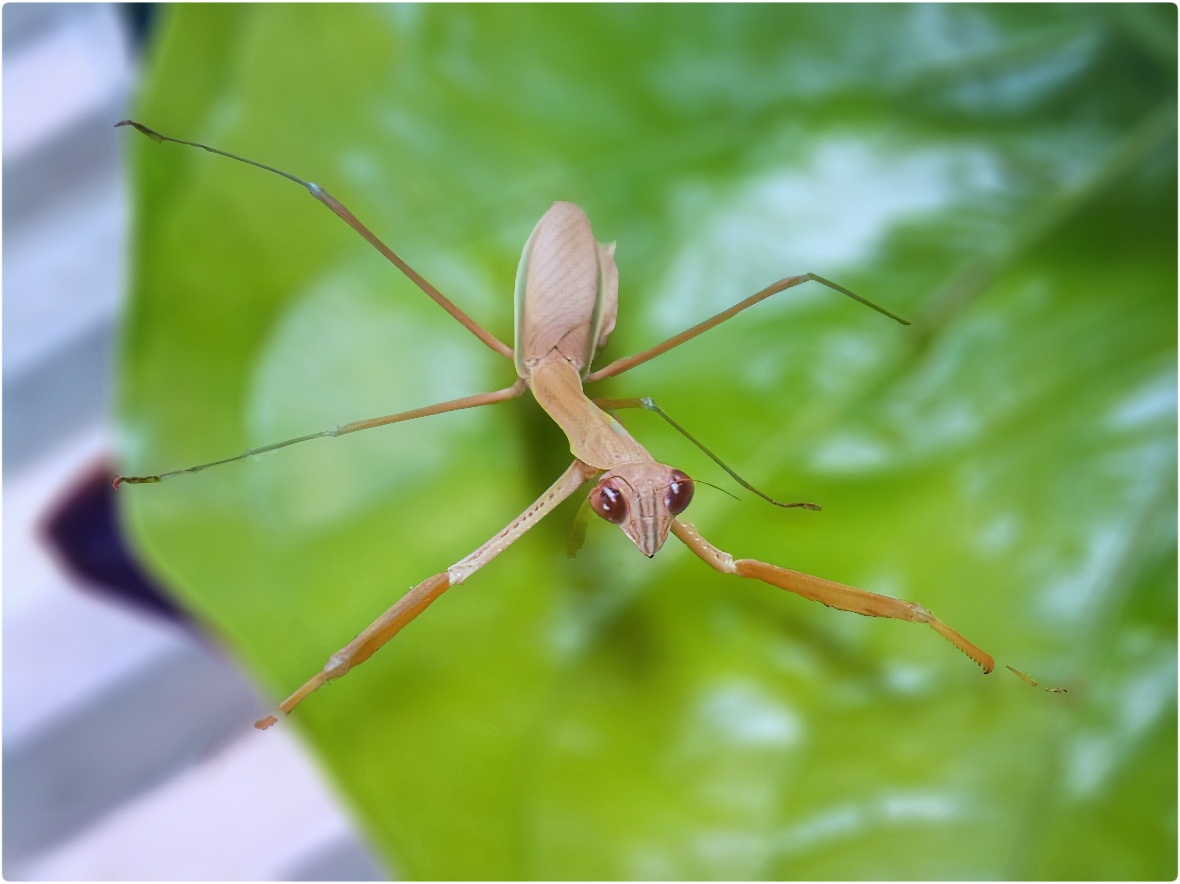
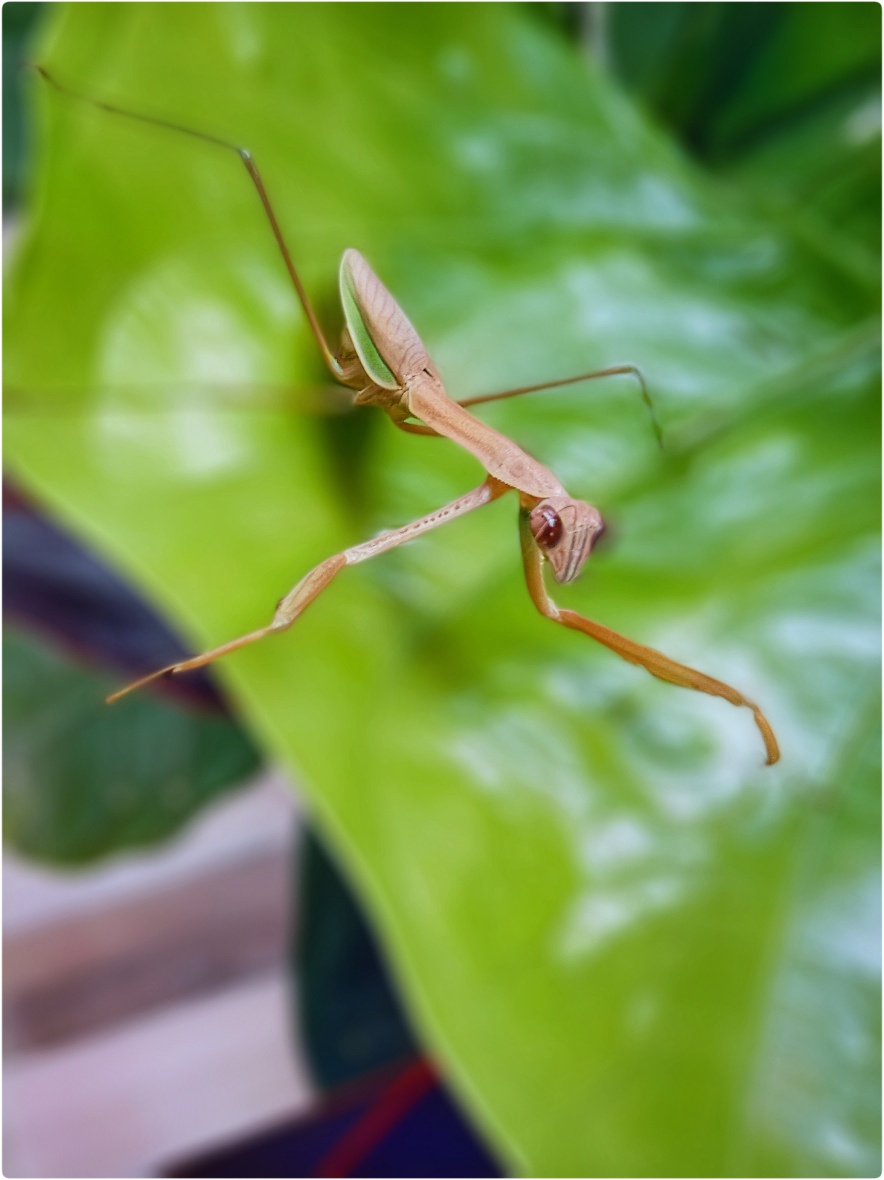

However, at that time, because we still have a lot of work to do, as mentioned above, I left it in this caladium plants, maybe one day I will meet him again, in the track record of human observation.
Hopefully you like all these photos, and useful for all of us in a scientific insight. Thank you for visiting.

| Photo and Text Captions | ✎ & 📸 |
|---|---|
| 🅿🅾🆂🆃 🆃🅸🆃🅻🅴 | A different praying mantis from before |
| 💥 𝕃𝕠caţเØnˢ 𝓅H𝐨𝓣o⌖ | Indonesia |
| 𝗪𝗿𝗶𝘁𝗶𝗻𝗴 𝗗𝗲𝘀𝗰𝗿𝗶𝗽𝘁𝗶𝗼𝗻 | 𝕆𝕨𝕟 𝕨𝕣𝕚𝕥𝕚𝕟𝕘 |

https://twitter.com/Luecas_suci/status/1476247394094256130
The rewards earned on this comment will go directly to the person sharing the post on Twitter as long as they are registered with @poshtoken. Sign up at https://hiveposh.com.